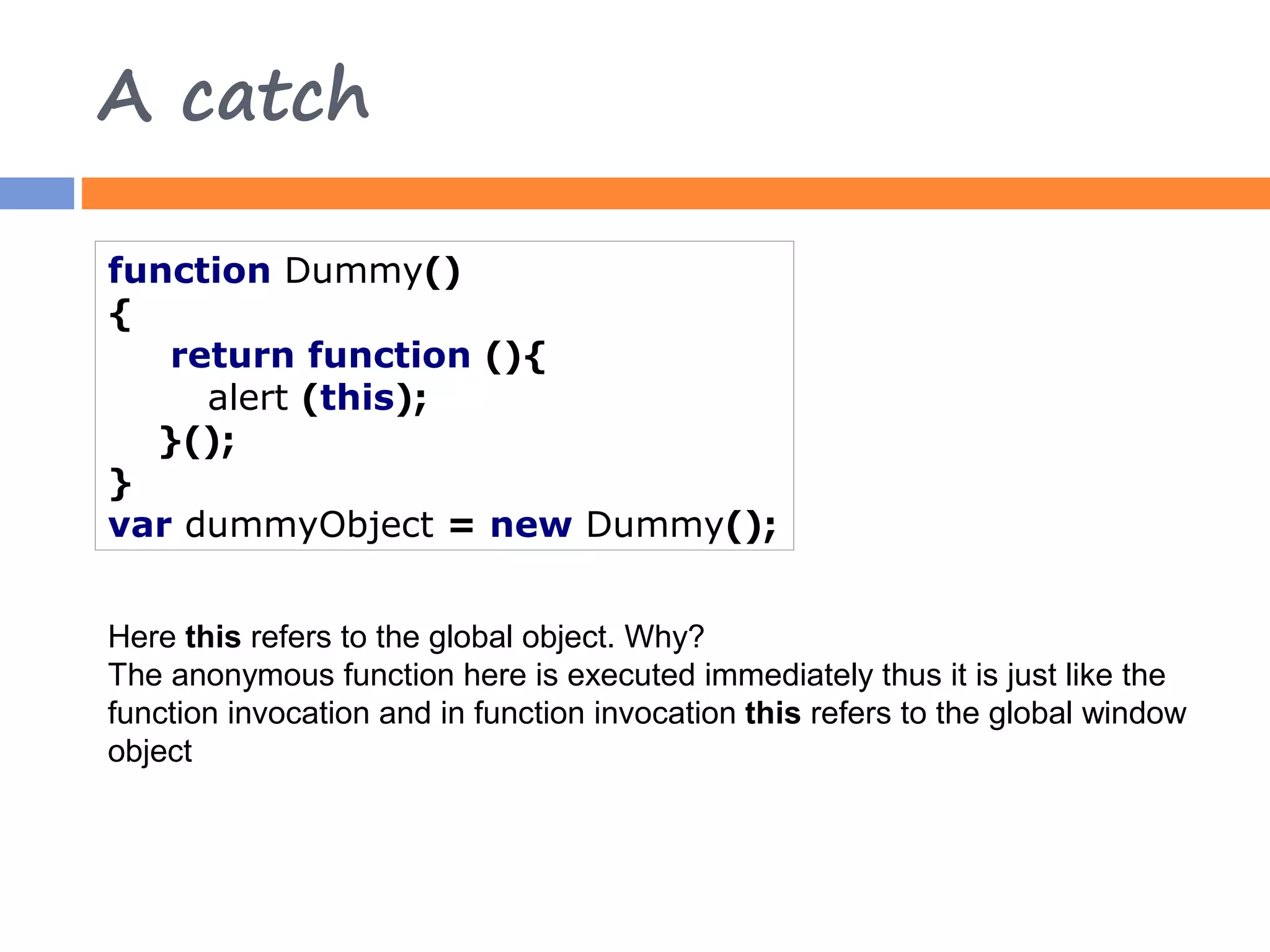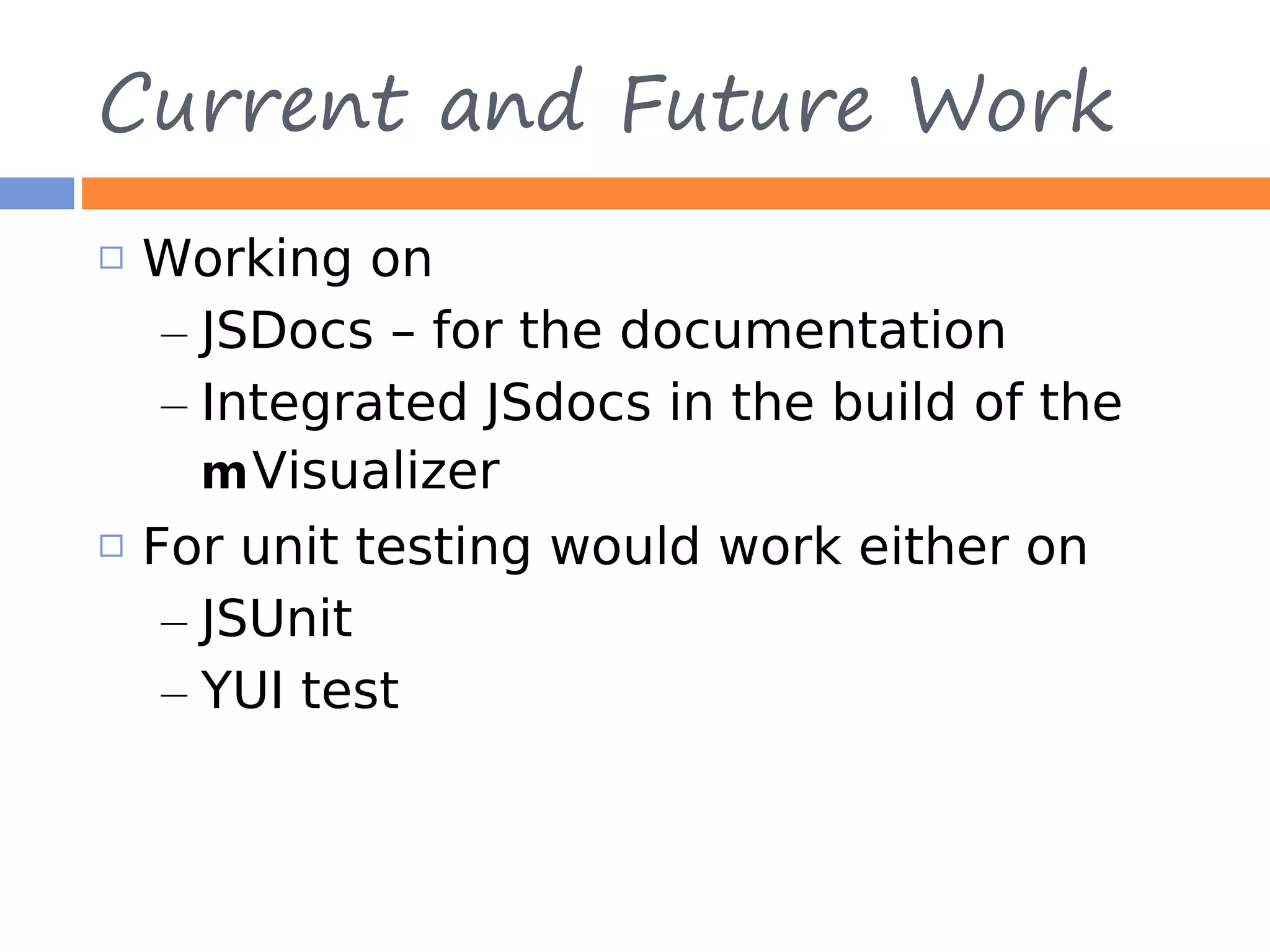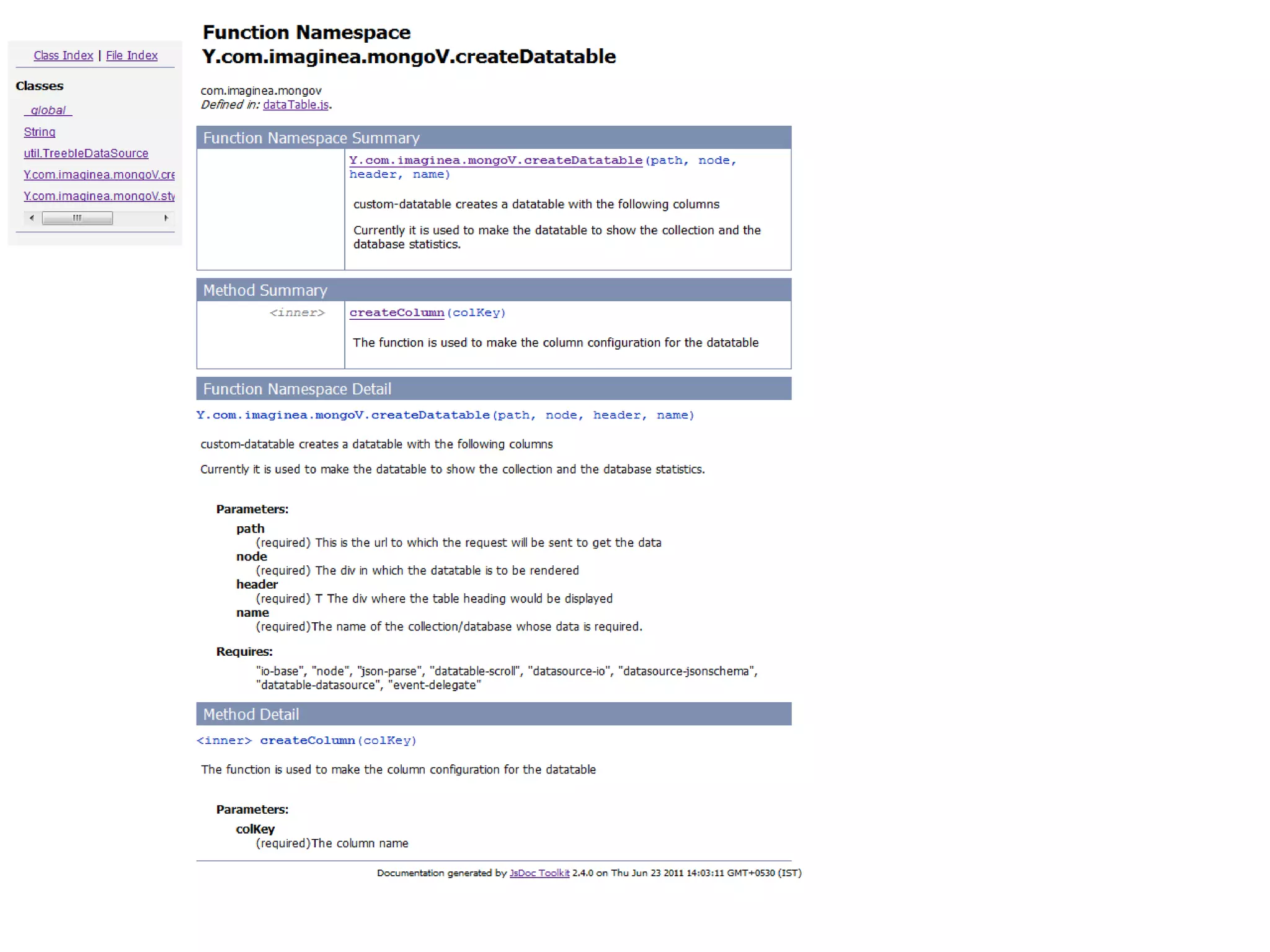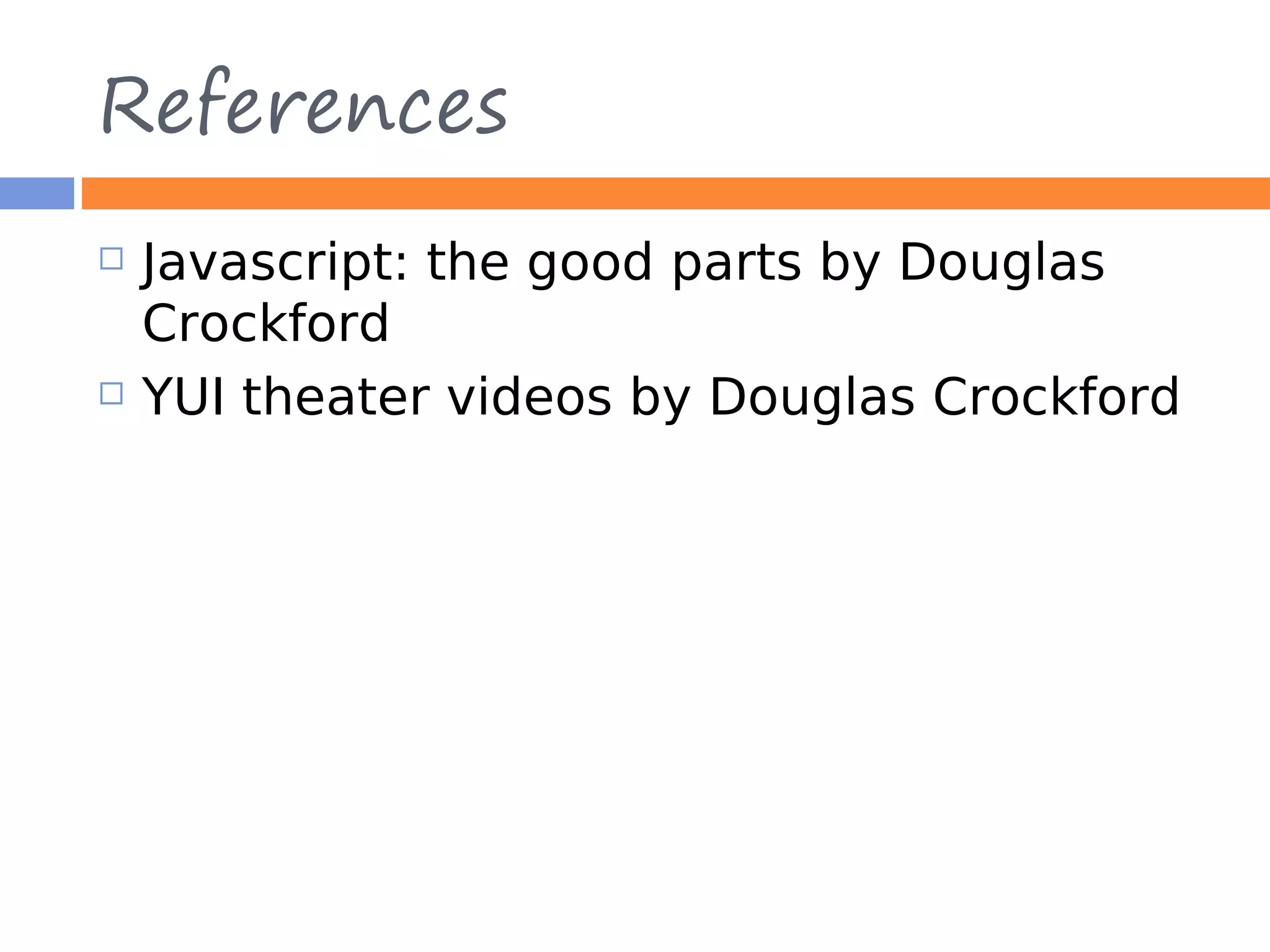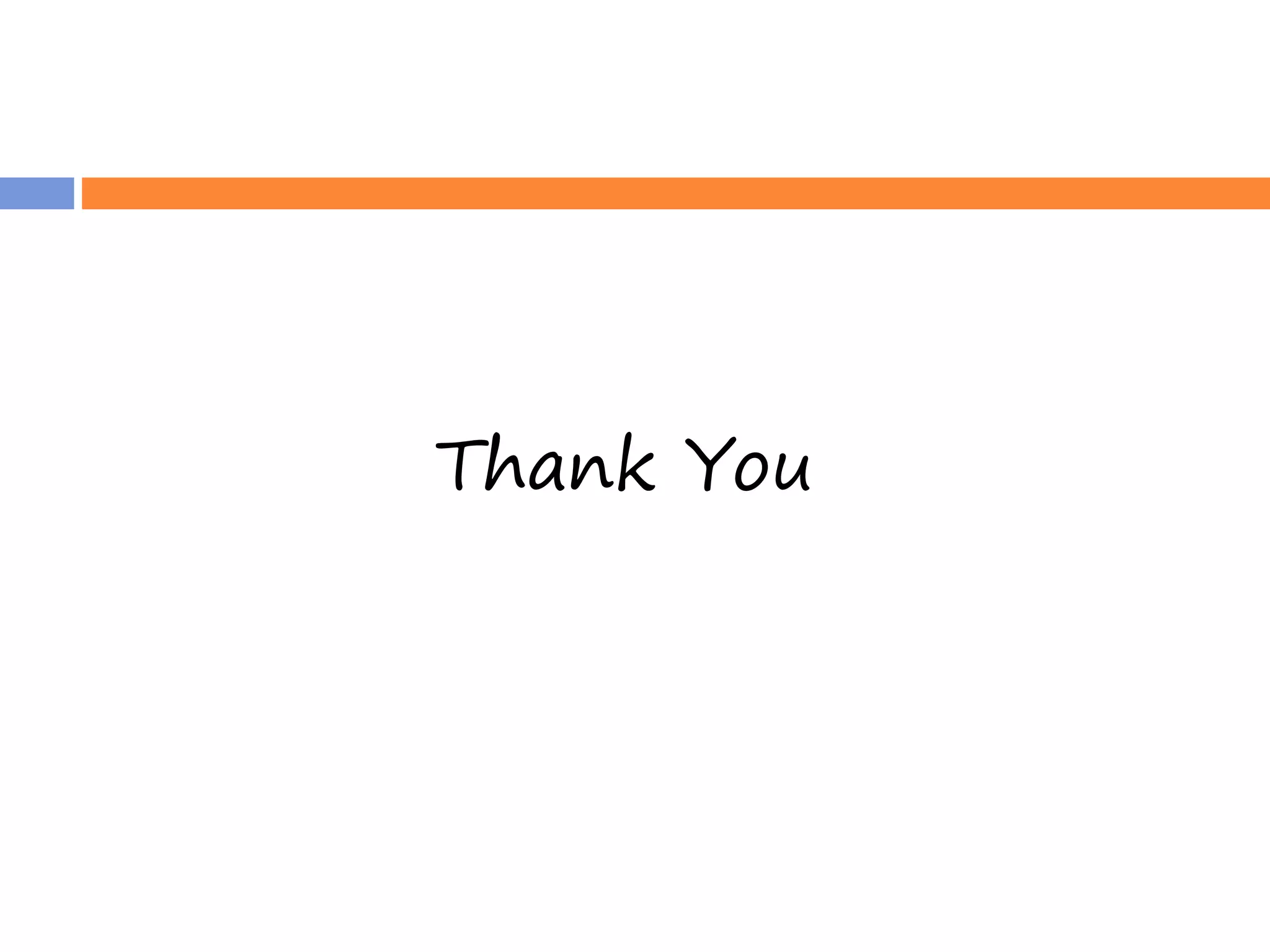Javascript uses function-level scope rather than block-level scope like other languages. The value of 'this' depends on how a function is called - as a method, direct invocation, constructor, or with apply(). Variables declared with 'var' are scoped locally, while those without 'var' are globally scoped. Understanding scope is important to avoid naming collisions and ambiguity in Javascript.
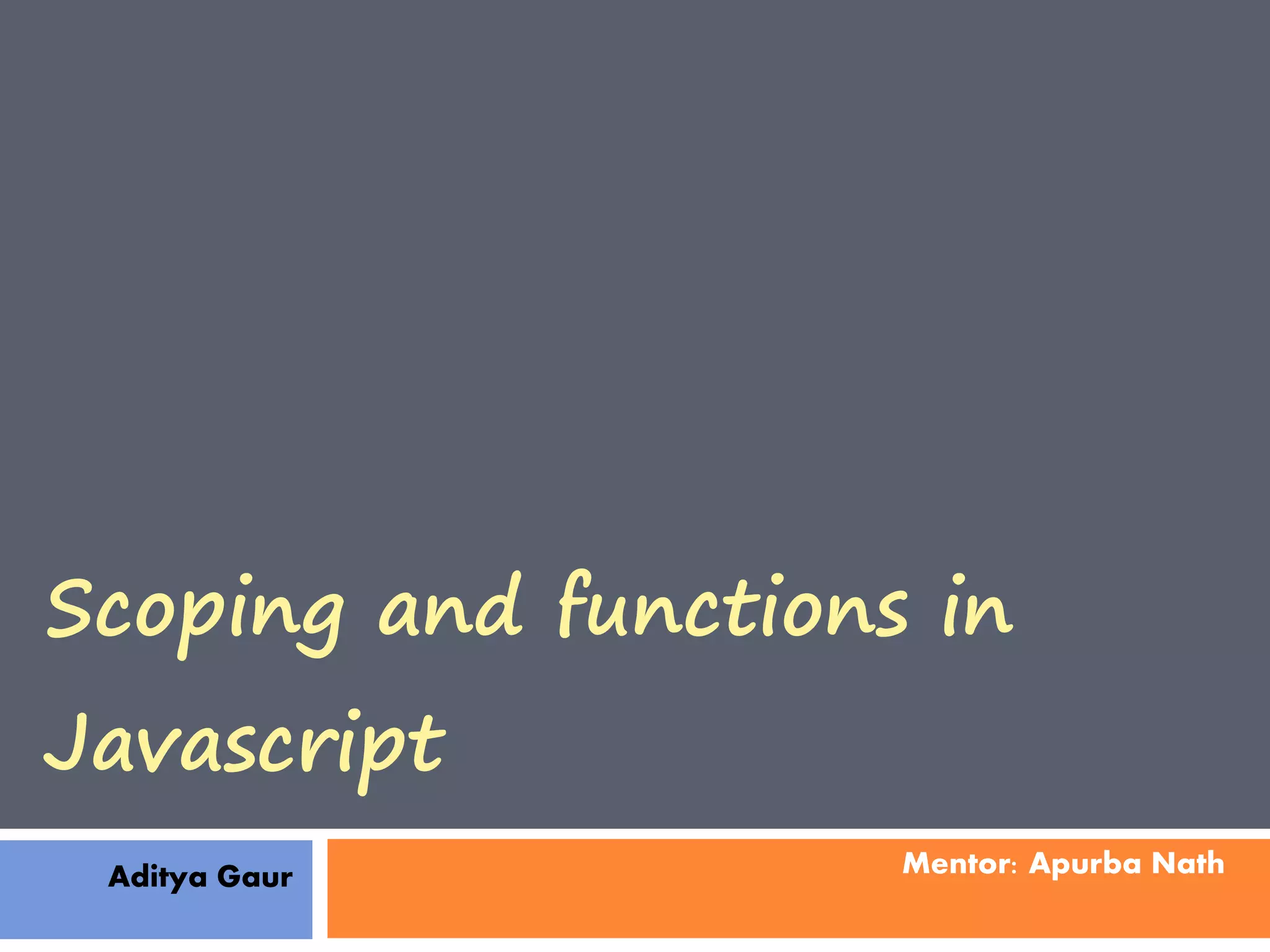


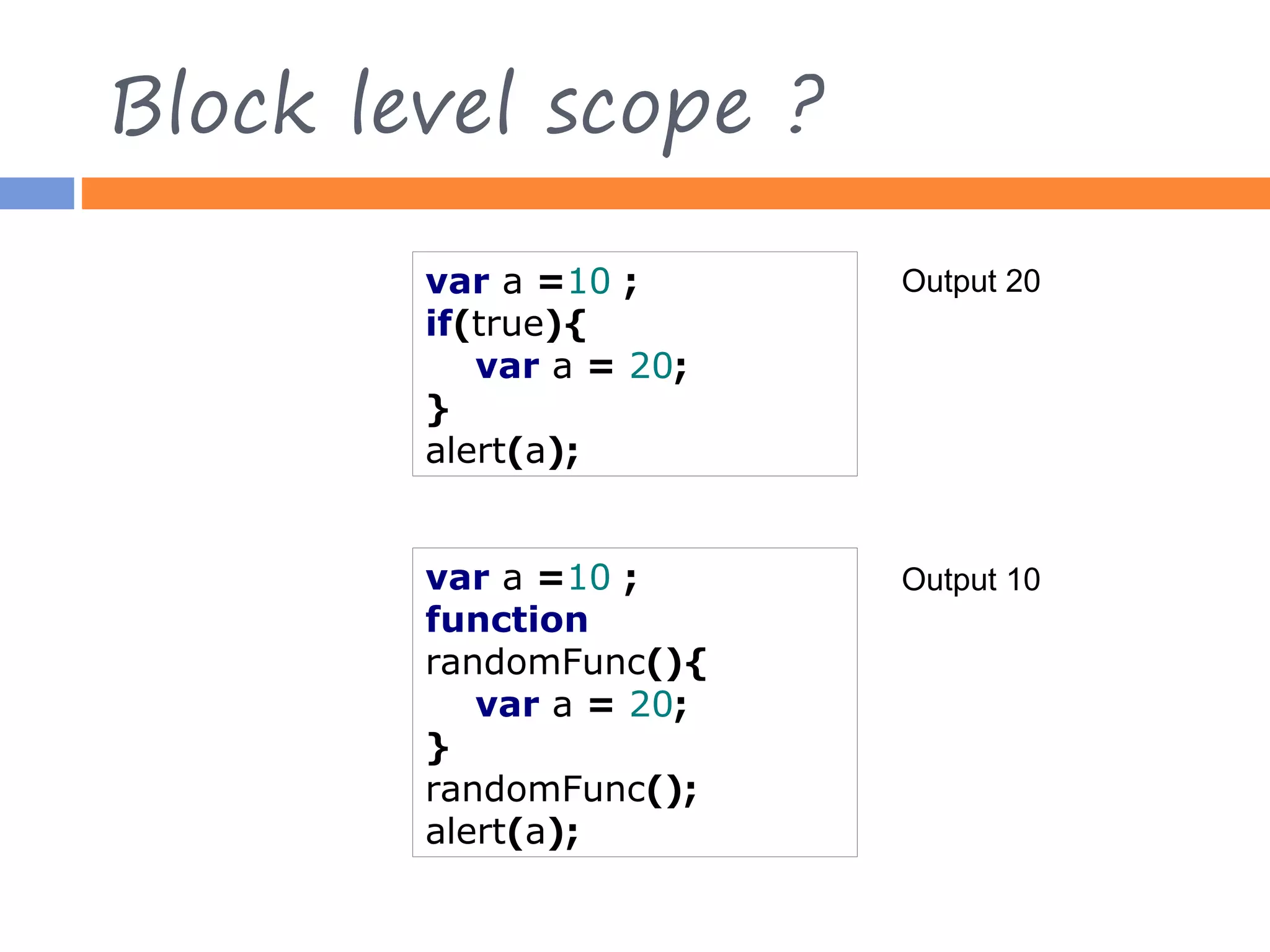
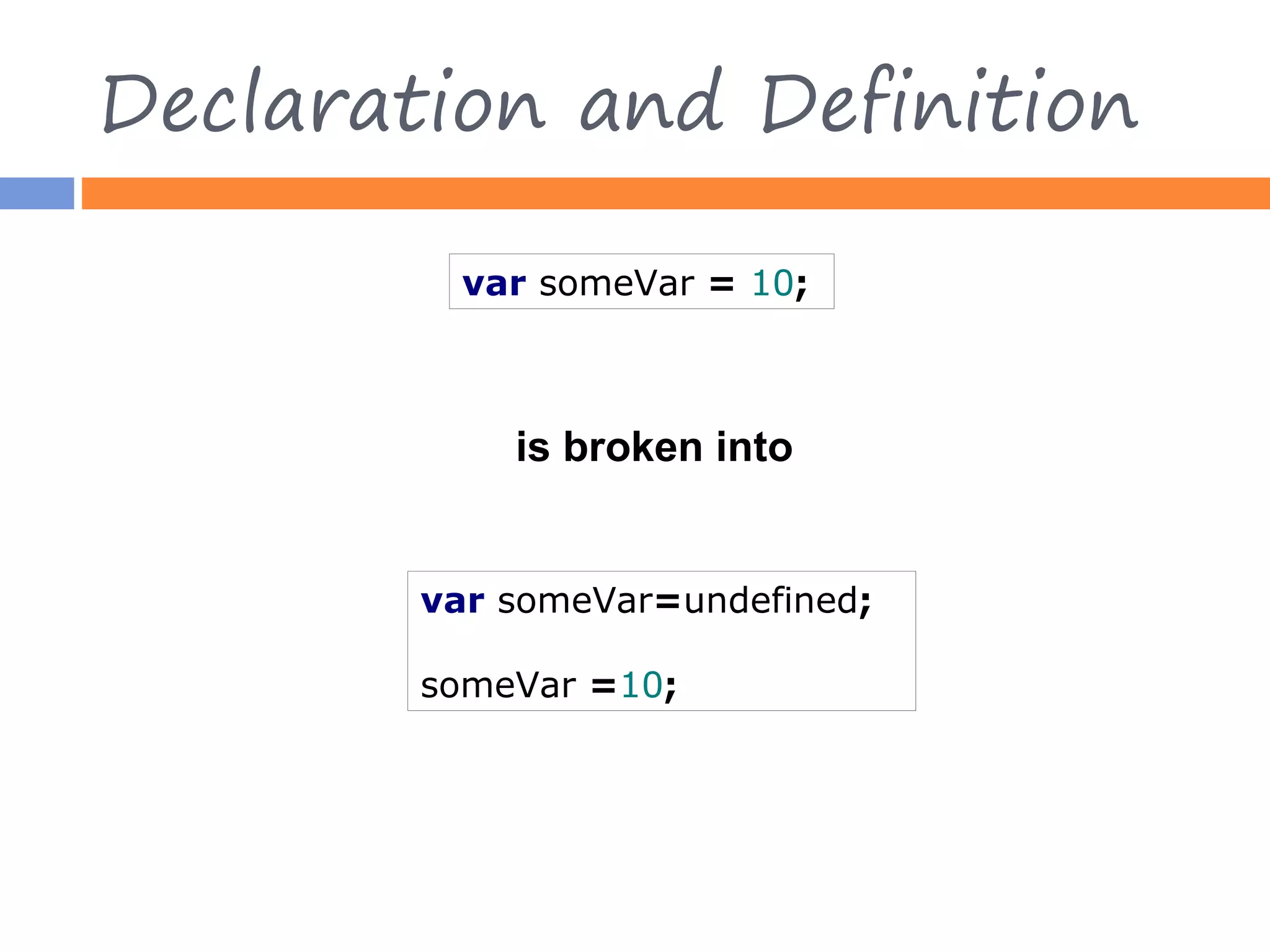
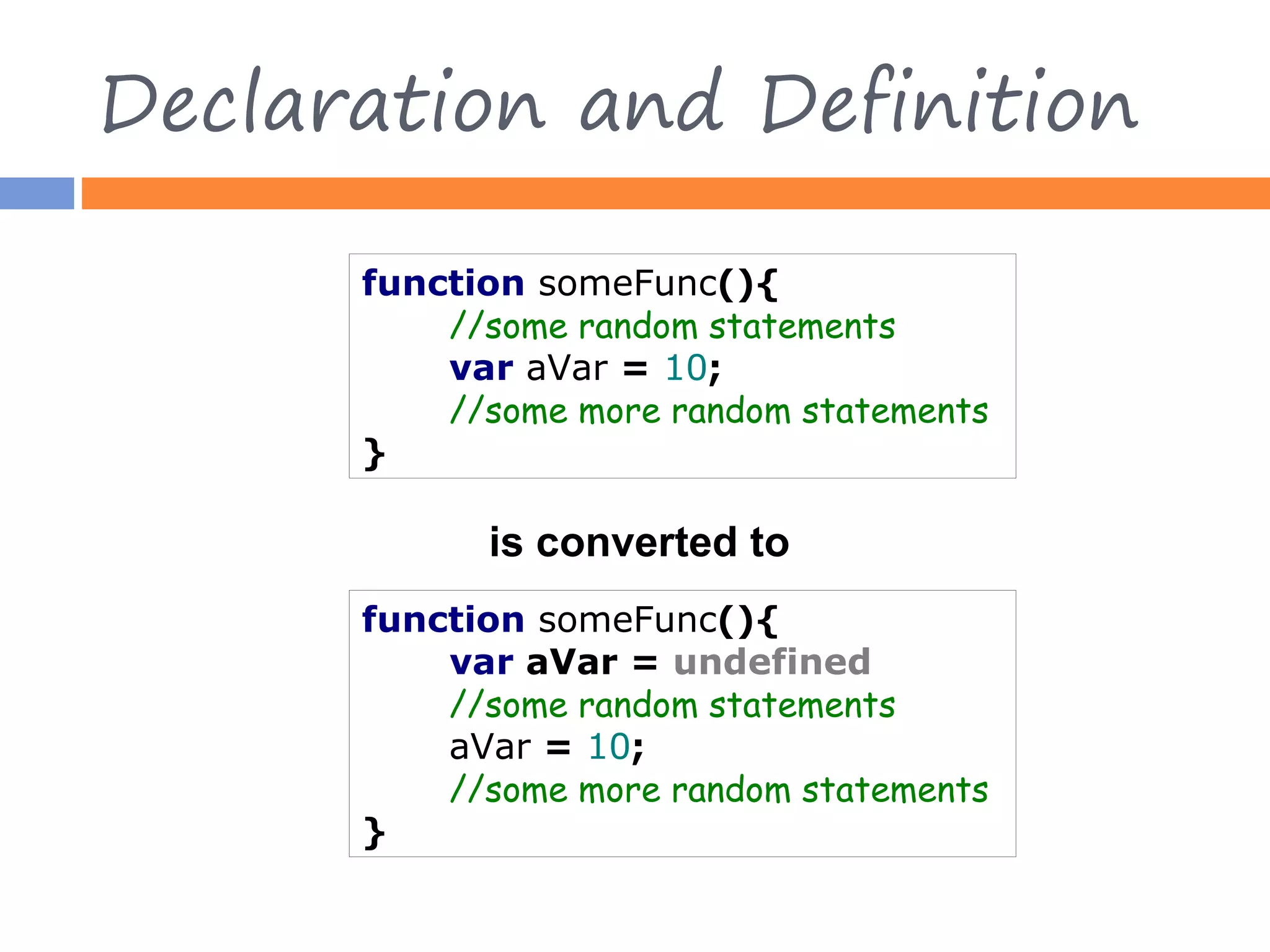
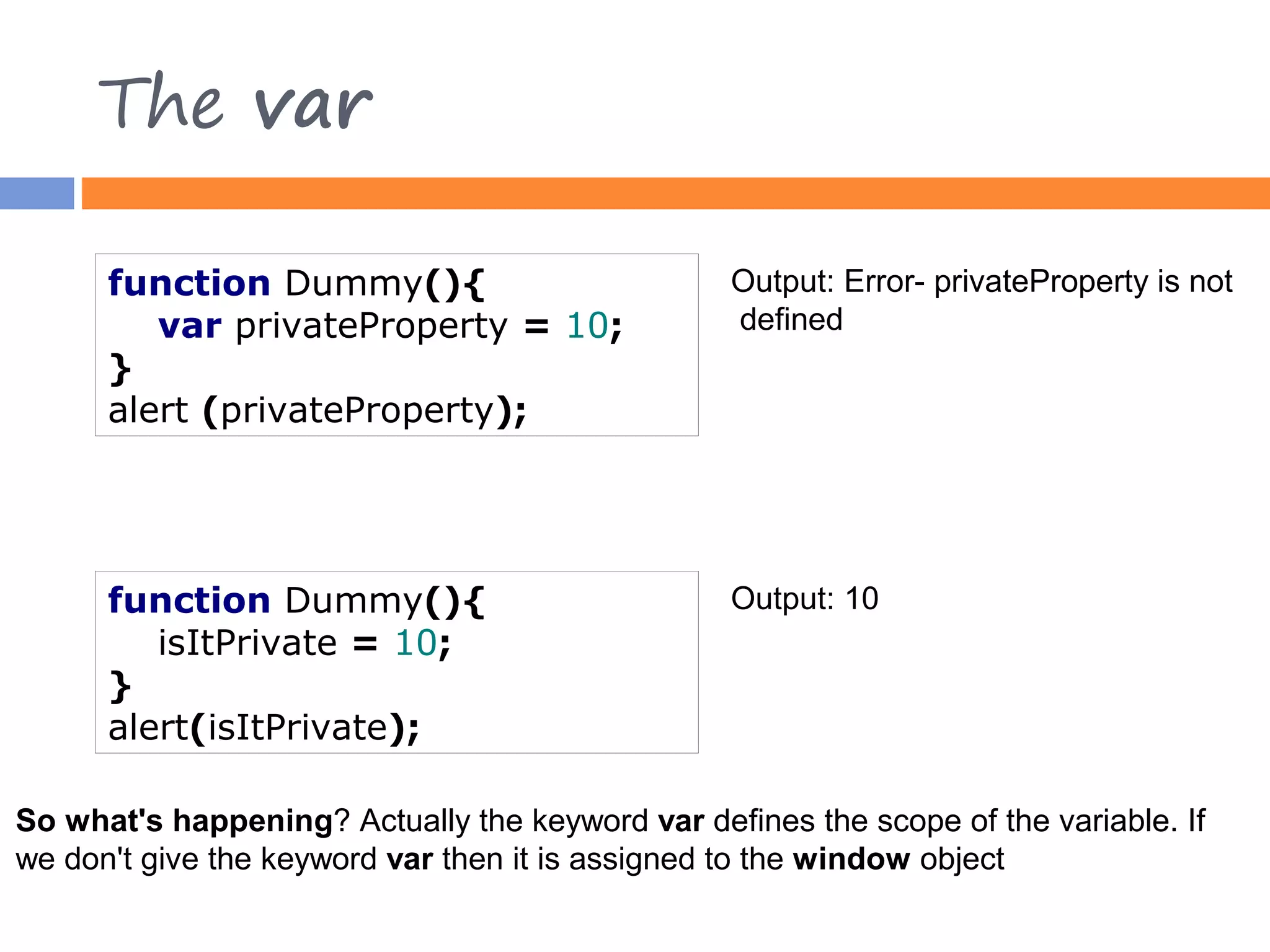
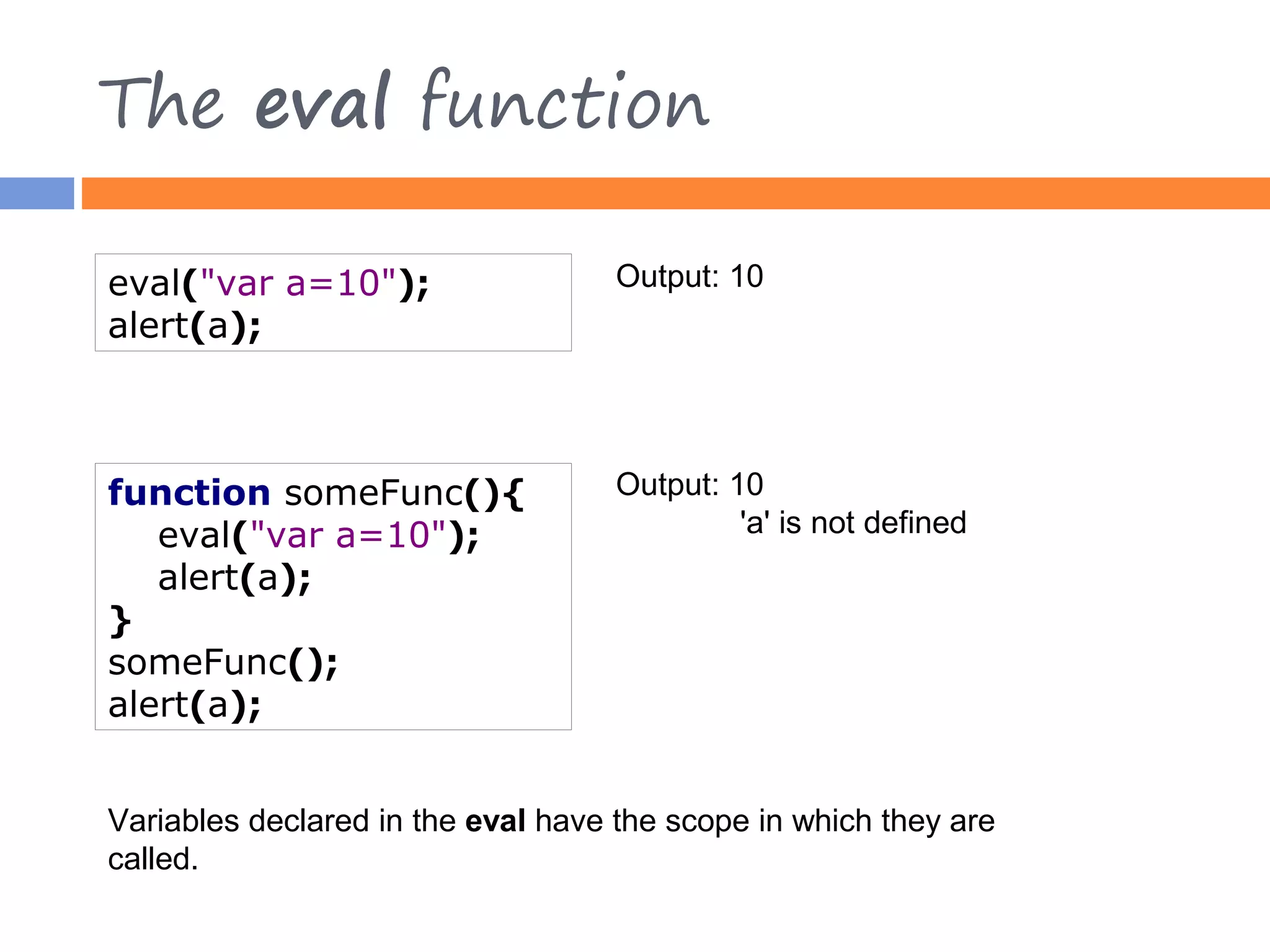
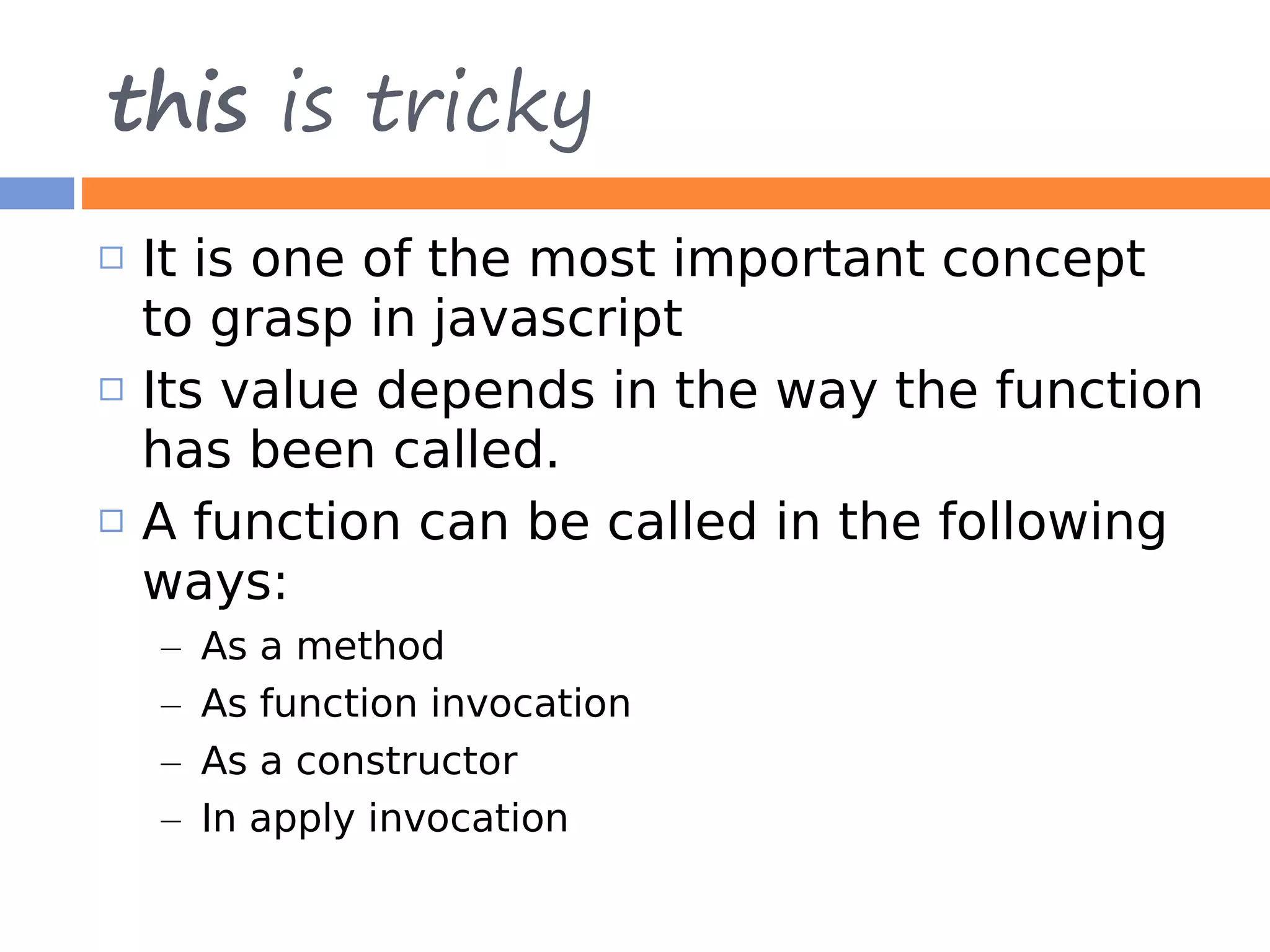

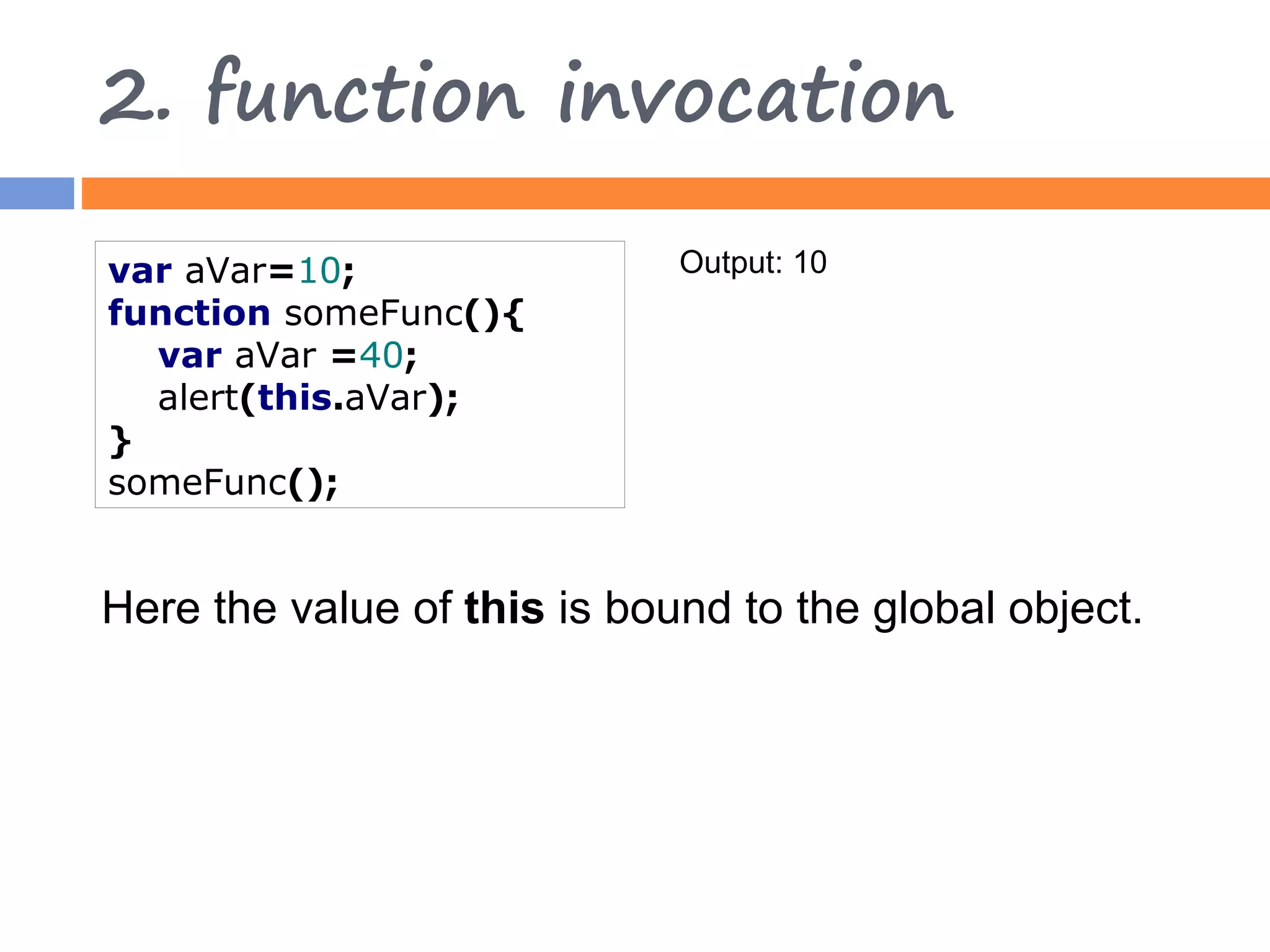


![4. function in apply invocation var obj = { x: 15 }; function dummy(message) { alert(message); alert(this.x); } dummy.apply(obj, ["invoking dummy through apply"]); Output: invoking dummy through apply 15 Here the value of this is bound to the scope passed as the first argument in the apply function](https://image.slidesharecdn.com/javascriptscoping-120102020128-phpapp01/75/Javascript-scoping-14-2048.jpg)
